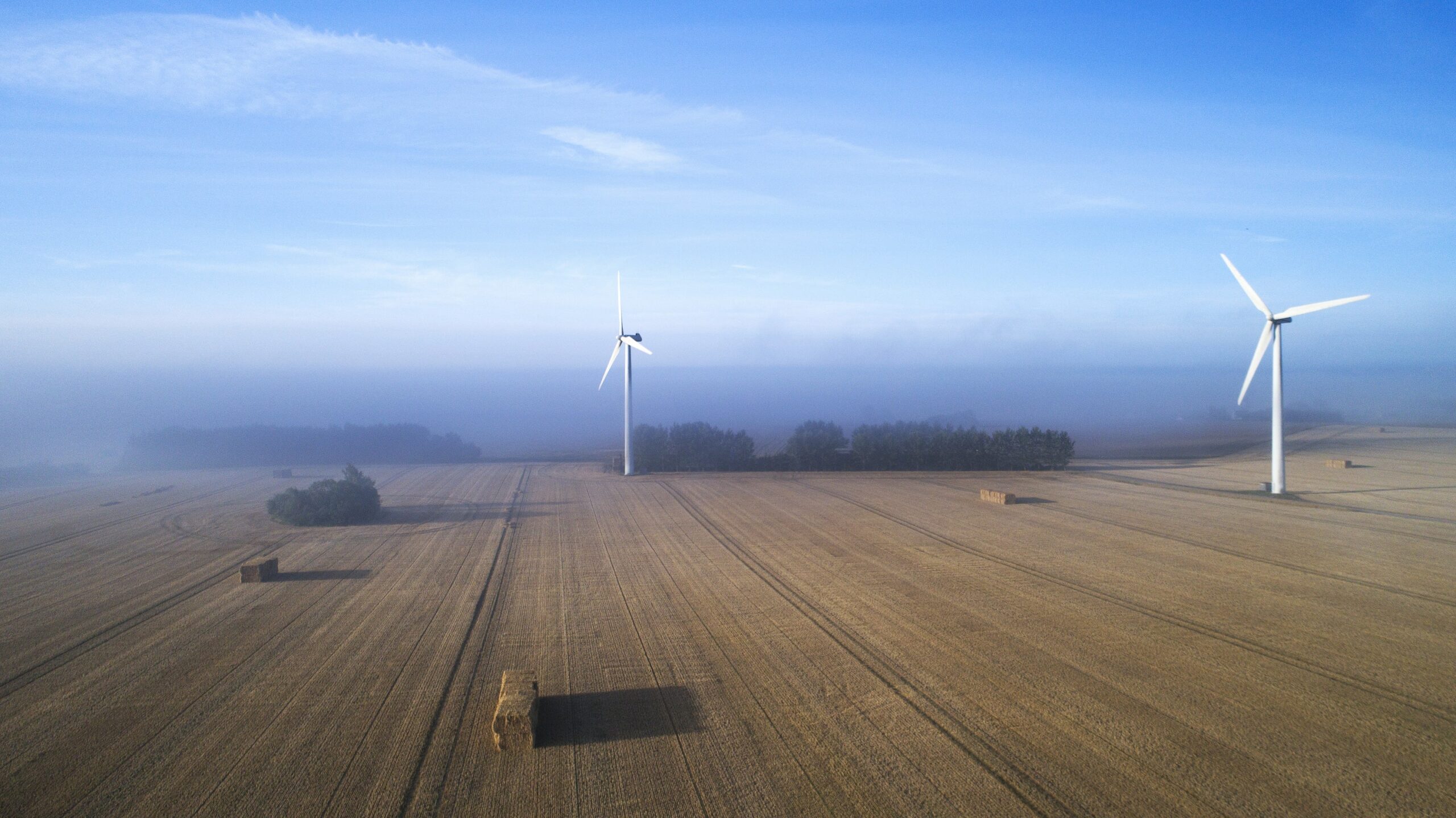News
CHP
District energy
District heating
Danish District Heating System Reduces Atmospheric Pollution in Shangri-La, China


Shangri-La lies 3,300 metres up in the Yunnan province in the Dêqên Tibetan Autonomous Prefecture in China. The city used to be known as an earthly paradise, but is now plagued by atmospheric pollution caused by the many stoves, which are the primary source of heating for the city’s 170,000 inhabitants.
A new district heating system is now set to change this.
The system is based on hydro-electric power and heat pumps, making it 100 percent emission-free. The hydro-electric power from a neighboring mountain area is brought into the city and supplies boilers and heat pumps with electricity, so heat can be delivered to the city’s houses via the newly-established district heating network.
- Related news: Modern District Heating Systems Save Money and CO2
Shangri-La is the first city in China to get the unique district heating system, which increases energy production by 200-300 per cent.
- The district heating system established in Shangri-La sets completely new standards for efficient energy production in China, and is entirely consistent with the Chinese government’s policies in the energy field. That is why there is an incredible level of interest from the surrounding provinces and cities, and even from Beijing, as they are all battling air pollution and struggling to comply with more demanding requirements for energy-efficiency, says Søren K. Christensen, technical manager in COWI's district heating division.
A win-win project for all concerned
The project in Shangri-La is financed by a EUR 20 million loan from DBF (Danida Business Finance). DBF loans are made to development projects that support sustainable growth at the local level while involving top-level Danish expertise. Among other things, that means that the loan is interest-free, but the city undertakes to sign a contract with a Danish company.
- The district heating project in Shangri-La is a really good development project which illustrates how Danish companies can do business while also helping to stimulate development in line with the UN’s global goals. The project addresses serious pollution and climate issues locally, and also demonstrates modern Danish solutions. Companies like COWI and ABB are very good at developing energy-efficient district heating solutions and implementing them within the particular local constraints, explains Tina Kollerup Hansen, senior consultant at the Danish Ministry of Foreign Affairs.
- Related news: The Key to Success in District Heating
The district heating system is expected to be up and running in the summer of 2017, and will supply heat to around 100,000 inhabitans.
China can no longer receive support from Danida Business Finance, but the Ministry of Foreign Affairs hopes to be able to apply the good experience from China in other developing countries. In Shangri-La, the city government has plans to extend the district heating system to the whole city – a project to be financed by the city itself.
- Source: COWI















